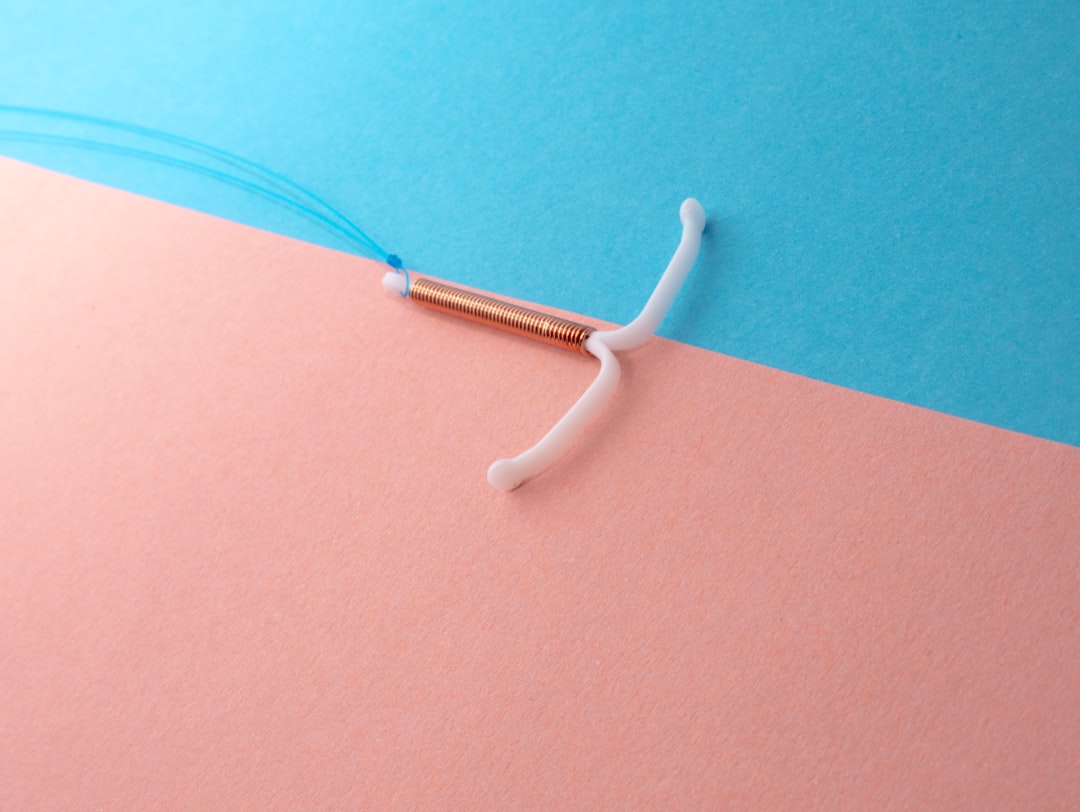Naja Lyberth is one of the more than 4,500 Greenlandic women and girls who since the 1960s were involuntarily given intrauterine contraceptive devices (IUD). At the time, they were not told why. Naja says her and her classmates were not asked for consent nor informed about contraception in general.
Today, it is believed that the campaign was part of a Danish initiative to slow the rapid population growth on the island that had recently transitioned from a Danish colony to a Danish county.
An official investigation – run by the Danish Ministry of Interior and Health and the Greenlandic Department of Health – into the extent of these pregnancy prevention practices, and the decision making behind them, will begin this year. The investigation was inspired following a podcast on the “spiral campaign” produced in 2022 by the Danish Broadcasting Corporation DR.
“I remember the cold instruments. They felt like knives inside me. Even worse was when the doctor opened up my uterus with the instruments and then inserted an IUD that felt way too big for my girlish body,” Naja says, who was 13 at the time.
“The pain was indescribably agonising.”
Naja is now 61 and works as a psychologist and trauma therapist in Nuuk, the capital of Greenland. She recalls the day at school when her and her female classmates were taken out of class to have the contraceptive device inserted into their uterus’. They didn’t provide consent and neither did their parents.
“When the doctor told me the day before, he did not explain clearly what the IUD was,” she says.
“I remember the most painful periods afterwards, which were worse than before the IUD. The periods were so painful as if there was almost no room for menstruation, because it felt as if the IUD filled my entire abdomen.”
In 1953, the Danish government set into motion a modernisation process. Part of this was to promote the health sector, which was led by Danish doctors.
The population grew by almost 80% in 15 years. This became expensive for Denmark. It is believed today that this set into motion a population curbing initiative, which led to more than 4,500 girls and women having IUDs involuntarily inserted. This happened around the same time that thousands of Swedish “misfit” citizens were sterilised by a state-run initiative.
In the second half of the 1960s and throughout the 70s, the population in Greenland fell dramatically.
“When I found out one year ago that it was the government's IUD campaign, I felt like it was the state taking my virginity and colonising my body and my womb,” Naja says.
Until 2017, Naja was under the impression that it was only her and her classmates who had been subject to the campaign. She wrote on her Facebook that year to ask if there were others, and around 200 comments followed. It was then that her and her classmates realised they were not alone; so they started to ask questions.
The Danish Ministry of Interior and Health says it is working closely with the Greenlandic government on the investigation, which is expected to begin in the next few months.
